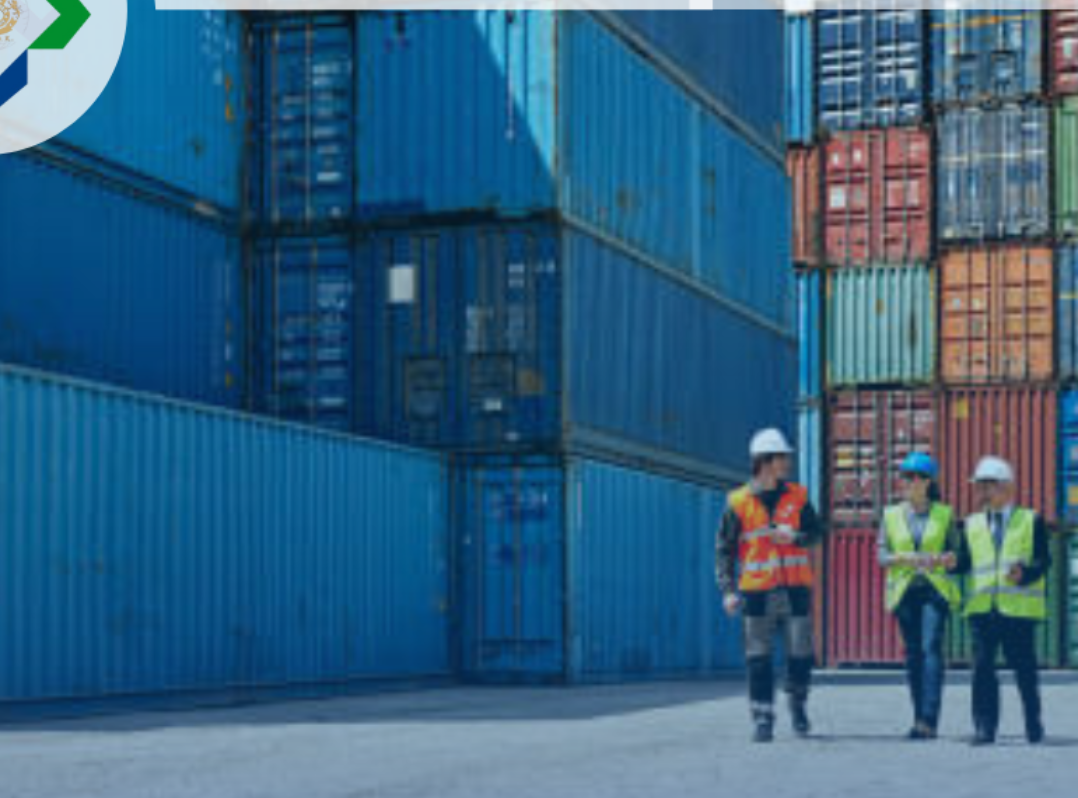
Freight Consolidation-- Key Elements of Freight C...

Freight Consolidation-- Key Elements of Freight Consolidation Combining Shipments: Freight consolidation typically involves consolidating shipments from different suppliers or sources into one large shipment. This could be by grouping multiple smaller shipments bound for the same destination or region. Consolidation Centers: Goods from various suppliers are gathered at a central warehouse or consolidation hub. These centers act as key points where goods are grouped together before being shipped out in bulk. Less-than-Truckload (LTL) Shipments: In freight consolidation, smaller shipments that don\'t fill an entire truckload are combined into an LTL shipment. This allows for cost-sharing among multiple shippers. For example, if you only have enough goods to fill 30% of a truck, freight consolidation allows you to pay only for that portion of the truck\'s capacity, rather than the whole. Mode of Transport: Consolidated shipments can be transported via various modes, including ocean freight (containers), air freight (cargo planes), or land freight (trucks and rail). Final Distribution: Once consolidated shipments arrive at the destination port or terminal, the goods are then broken down and distributed to individual recipients. Benefits of Freight Consolidation Cost Savings: By combining smaller shipments, freight consolidation allows businesses to share the cost of transportation, making it more affordable. This is particularly advantageous for small to medium-sized enterprises (SMEs) that don\'t have the volume to fill an entire truck or container. Optimized Space Utilization: Full containers or trucks are used more efficiently, ensuring that space is maximized and reducing the number of trips needed, thus lowering overall transportation costs. Reduced Handling Costs: Freight consolidation reduces the frequency of handling and reloading, which can save time and reduce the risk of damage. Improved Shipping Schedules: Consolidated shipments often benefit from optimized scheduling, as larger shipments are more likely to meet shipping minimums and deadlines. Sustainability: By reducing the number of shipments and optimizing transport routes, consolidation helps reduce carbon emissions, contributing to more sustainable logistics operations. Challenges of Freight Consolidation Longer Transit Times: Freight consolidation often involves delays as goods are gathered and grouped with other shipments. This can result in slightly longer transit times. Complex Logistics: Organizing and managing consolidated shipments can be logistically complex, requiring careful coordination between suppliers, transport providers, and warehouses. Customs and Regulatory Compliance: For international shipments, consolidation can sometimes complicate customs procedures, as each shipment within the consolidated load may have different documentation and regulatory requirements.
Keywords
Subscribe for latest offers & updates
We hate spam too.


